Home>Gardening & Outdoor>Plant Care & Gardening Tips>How Do I Plant CA Wildflower Seeds
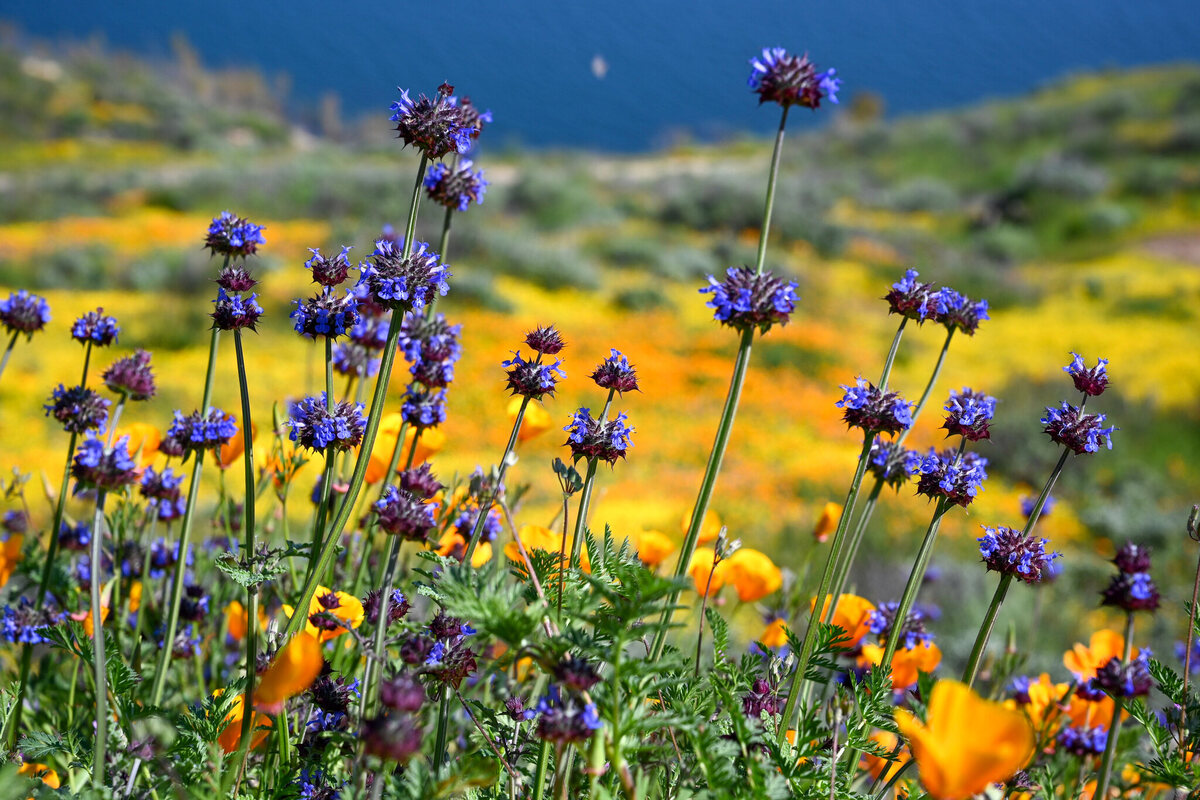

Plant Care & Gardening Tips
How Do I Plant CA Wildflower Seeds
Modified: January 5, 2024
Learn the best tips for planting California wildflower seeds and creating a vibrant garden. Discover expert plant care and gardening advice to ensure successful growth.
(Many of the links in this article redirect to a specific reviewed product. Your purchase of these products through affiliate links helps to generate commission for Storables.com, at no extra cost. Learn more)
**
Introduction
**
Are you ready to add a burst of natural color and beauty to your garden? Planting California wildflower seeds is an excellent way to bring a touch of the state's stunning landscapes to your own outdoor space. Whether you're an experienced gardener or just starting out, growing wildflowers can be a rewarding and relatively straightforward endeavor. In this comprehensive guide, we'll explore everything you need to know about planting California wildflower seeds, from choosing the right seeds to caring for the seedlings as they grow.
California is renowned for its diverse and breathtaking wildflower displays, which can be found in various regions throughout the state. By cultivating your own wildflower garden, you can enjoy a piece of this natural splendor right at home. Not only do wildflowers add vibrant hues to your surroundings, but they also attract essential pollinators like bees and butterflies, contributing to a healthier ecosystem.
Whether you aim to create a colorful border, enhance the aesthetic appeal of your yard, or support local wildlife, planting California wildflowers is an eco-friendly and visually stunning choice. From the iconic California poppy to the cheerful tidy tips and elegant farewell-to-spring, there's a wide array of native wildflowers to choose from, ensuring that your garden will be a captivating sight throughout the growing season.
In the following sections, we'll delve into the key steps for successfully planting California wildflower seeds. From selecting the right seeds for your specific location and soil type to preparing the planting area and providing essential care for the seedlings, this guide will equip you with the knowledge and confidence to embark on this delightful gardening journey. Let's get ready to sow the seeds of natural beauty and create a flourishing wildflower haven in your own backyard.
**
Key Takeaways:
- Planting California wildflower seeds brings vibrant color and supports local wildlife, creating a stunning and eco-friendly garden that celebrates the state’s natural beauty.
- Choosing the right seeds, preparing the planting area, and caring for seedlings are essential steps to create a thriving and visually captivating wildflower garden in California.
Read more: When Should I Plant Wildflower Seeds
Choosing the Right Wildflower Seeds
**
Before diving into the planting process, it's crucial to select the appropriate wildflower seeds for your garden. California boasts a rich diversity of native wildflowers, each with its unique characteristics and requirements. When choosing seeds, consider factors such as your local climate, soil type, and the amount of sunlight your garden receives. Here are some essential tips to guide you through the selection process:
Research Native Species: Start by researching the native wildflowers that thrive in your specific region of California. Consider the typical growing conditions in your area, such as temperature range, rainfall patterns, and soil composition. Native wildflowers are well-adapted to the local environment, making them more likely to flourish with minimal intervention.
Consider Bloom Times: To create a dynamic and long-lasting display of wildflowers, opt for a mix of species that bloom at different times throughout the growing season. This approach ensures that your garden will be adorned with vibrant blooms from early spring to late summer, providing continuous visual interest and sustenance for pollinators.
Assess Soil and Sunlight Requirements: Some wildflowers prefer well-drained soil, while others thrive in moist or even sandy conditions. Additionally, take note of the sunlight requirements for each species, as some may prefer full sun, while others can tolerate partial shade. Understanding these preferences will help you choose seeds that are best suited to your garden's unique environment.
Select a Diverse Mix: To create a visually captivating and ecologically beneficial wildflower garden, consider selecting a diverse mix of species. Look for seed mixes that include a variety of colors, shapes, and sizes, as well as species that attract pollinators and support local wildlife.
Quality and Purity: When purchasing wildflower seeds, opt for high-quality, pure seed mixes from reputable suppliers. Ensure that the seeds are free from contaminants and invasive species, as this will contribute to the overall health and sustainability of your garden.
By carefully considering these factors and conducting thorough research, you can make informed decisions when choosing the right wildflower seeds for your garden. Next, we'll explore the essential steps for preparing the planting area to provide the optimal growing conditions for your selected wildflower species. With the right seeds in hand, you're one step closer to creating a stunning and biodiverse wildflower haven in your own backyard.
Preparing the Planting Area
Creating a conducive environment for your California wildflower seeds is essential for their successful germination and growth. Properly preparing the planting area sets the stage for a flourishing and visually captivating wildflower garden. Here are the key steps to prepare the planting area:
Site Selection: Choose a suitable location for your wildflower garden. Most native California wildflowers thrive in well-drained soil and require ample sunlight. Select an area that receives at least 6-8 hours of direct sunlight per day. If possible, opt for a site with natural or artificial water retention features to support the wildflowers during dry spells.
Soil Preparation: Before sowing the seeds, it’s important to prepare the soil. Remove any weeds, rocks, or debris from the planting area. Loosen the soil to a depth of 6-8 inches using a garden fork or tiller, breaking up compacted soil to facilitate root growth and water infiltration. If the soil is poor or lacking in organic matter, consider incorporating compost to improve its structure and fertility.
Seedbed Raking: After preparing the soil, use a rake to create a smooth and level seedbed. Raking helps to create an even surface for sowing the wildflower seeds and ensures good seed-to-soil contact, which is crucial for germination. Avoid creating furrows or depressions that could lead to uneven water distribution and seed settling.
Seed Distribution: When distributing the wildflower seeds, consider the recommended seeding rate for the specific species or seed mix. To achieve a naturalistic and diverse display, mix the seeds with a carrier material, such as sand or vermiculite, to facilitate even distribution. Gently rake the seeds into the soil at the recommended depth, typically 1/8 to 1/4 inch, and lightly tamp the soil to ensure good seed-soil contact.
Watering: After sowing the seeds, water the planting area gently to settle the soil and initiate the germination process. Use a fine mist setting or a watering can with a rose attachment to avoid dislodging the seeds. Keep the soil consistently moist but not waterlogged during the germination period, which typically ranges from 1-3 weeks, depending on the species.
By diligently preparing the planting area and following these essential steps, you’ll establish an optimal environment for your California wildflower seeds to germinate and thrive. With the seeds sown and the planting area meticulously prepared, you’re well on your way to witnessing the vibrant blooms of native wildflowers gracing your garden in the near future.
Choose a sunny spot with well-draining soil. Scatter seeds and lightly press into soil. Water regularly until established. Avoid using fertilizer.
Planting CA Wildflower Seeds
Now that the planting area is meticulously prepared, it’s time to sow your California wildflower seeds and set the stage for a stunning floral display. The process of planting wildflower seeds is straightforward, but it requires attention to detail to ensure optimal germination and establishment. Here’s a step-by-step guide to planting your CA wildflower seeds:
Timing: The ideal time to plant California wildflower seeds is during the fall or early winter, typically from October to December. Planting during this period allows the seeds to undergo a natural stratification process, where exposure to the cold and moist conditions over the winter helps break their dormancy, leading to more robust germination in the spring.
Sowing Method: When sowing the seeds, consider using a broadcast method for even seed distribution. After mixing the seeds with a carrier material, such as sand, scatter them evenly over the prepared seedbed. For larger garden areas, a handheld or mechanical seed spreader can facilitate uniform seed distribution. Lightly press the seeds into the soil to ensure good seed-to-soil contact, which is crucial for successful germination.
Seed Depth: The recommended planting depth for most California wildflower seeds is shallow, typically ranging from 1/8 to 1/4 inch. Gently rake the seeds into the soil, and then lightly tamp the surface to secure the seeds in place. Avoid burying the seeds too deeply, as this can hinder germination, especially for species that require light to germinate.
Watering and Mulching: After sowing the seeds, water the planting area gently to settle the soil and initiate the germination process. To conserve soil moisture and protect the seeds, consider applying a thin layer of mulch, such as straw or seed-free compost, over the seeded area. The mulch helps retain soil moisture, regulate soil temperature, and reduce weed competition, contributing to the overall success of the wildflower planting.
Monitoring and Patience: Following the sowing process, monitor the planting area regularly for signs of germination. While some wildflower species may sprout within a few weeks, others may take longer, so patience is key. During the germination period, maintain consistent soil moisture without overwatering, as excessively wet conditions can impede germination and lead to seed rot.
By following these steps and exercising patience, you’ll lay the groundwork for a vibrant and diverse wildflower garden that celebrates the natural beauty of California’s native flora. With the seeds sown and the planting area meticulously prepared, you’re on the path to witnessing the emergence of colorful blooms that will transform your garden into a captivating haven for pollinators and admirers alike.
Caring for Wildflower Seedlings
As your California wildflower seedlings begin to emerge, providing the appropriate care is essential to support their healthy growth and development. While native wildflowers are well-adapted to the local environment, they can benefit from some nurturing to ensure robust and prolific blooms. Here are the key aspects of caring for wildflower seedlings:
Watering: During the early stages of growth, it’s crucial to maintain consistent soil moisture to support the establishment of the seedlings. Water the planting area gently, ensuring that the soil remains moist but not waterlogged. As the seedlings develop, gradually transition to deeper, less frequent watering to encourage deeper root growth and drought tolerance.
Thinning and Weeding: As the wildflower seedlings grow, monitor the planting area for overcrowding and invasive weeds. If the seedlings appear densely packed, consider thinning them to allow for adequate airflow and light penetration. Additionally, carefully remove any weeds that compete with the wildflowers for nutrients and space, being mindful not to disturb the emerging seedlings.
Fertilization: In most cases, native wildflowers in California don’t require regular fertilization, especially if the soil was properly prepared before sowing the seeds. However, if the soil is particularly poor or lacking in organic matter, consider applying a light, balanced fertilizer sparingly. Opt for a low-nitrogen fertilizer to avoid promoting excessive foliage growth at the expense of blooms.
Pest and Disease Management: Keep an eye out for common pests and diseases that may affect wildflower seedlings. While native wildflowers are generally resilient, they can be susceptible to issues such as aphids, powdery mildew, or fungal infections. If necessary, employ organic pest control methods or horticultural oils to manage pest infestations while minimizing impact on beneficial insects.
Supporting Pollinators: Native wildflowers play a crucial role in supporting pollinators, including bees, butterflies, and hummingbirds. By cultivating a diverse array of wildflowers, you provide essential forage and habitat for these vital pollinators. Observing and celebrating the interactions between the wildflowers and pollinators adds a dynamic and ecological dimension to your garden.
Observation and Enjoyment: Take the time to observe the growth and development of your wildflower seedlings, noting the unique characteristics and bloom times of each species. Embrace the anticipation and joy of watching the seedlings mature into vibrant blooms, creating a tapestry of color and life in your garden.
By tending to the needs of your wildflower seedlings and providing attentive care, you’ll foster a thriving and visually captivating wildflower garden that celebrates the natural heritage of California’s diverse flora. With proper watering, occasional maintenance, and a deep appreciation for the beauty of native wildflowers, you’ll soon reap the rewards of your efforts as the garden bursts into a symphony of color and vitality.
Conclusion
Embarking on the journey of planting California wildflower seeds offers a rich tapestry of rewards, from creating a visually stunning garden to supporting local biodiversity and enjoying the therapeutic benefits of gardening. As you’ve learned, the process of planting and caring for wildflowers involves thoughtful consideration, patience, and a deep appreciation for the natural world. By following the essential steps outlined in this guide, you’re well-equipped to cultivate a flourishing wildflower haven in your own backyard.
Choosing the right wildflower seeds tailored to your local environment sets the stage for a successful and sustainable garden. By selecting a diverse mix of native species and considering their specific soil and sunlight requirements, you ensure that your garden will thrive and contribute to the local ecosystem. The meticulous preparation of the planting area, coupled with the strategic sowing of wildflower seeds, establishes the foundation for a vibrant and biodiverse display of blooms.
As your wildflower seedlings emerge and grow, providing attentive care, including proper watering, monitoring for pests and diseases, and supporting pollinators, nurtures the development of a resilient and visually captivating garden. Embracing the process of observing and enjoying the growth of your wildflowers adds a sense of wonder and connection to the natural world, fostering a deeper appreciation for the beauty and resilience of native flora.
By sowing the seeds of natural beauty and tending to the wildflower garden with care and dedication, you not only create a visually captivating landscape but also contribute to the conservation of California’s native flora and the vital habitats it provides for pollinators and wildlife. Your garden becomes a living testament to the rich heritage of California’s wildflowers, offering a sanctuary of color, life, and ecological harmony.
As you witness the transformation of your garden into a thriving wildflower haven, take the time to revel in the vibrant blooms, the bustling activity of pollinators, and the sense of tranquility that a flourishing garden provides. Whether you’re a seasoned gardener or a novice enthusiast, the journey of planting California wildflower seeds is a testament to the enduring beauty and resilience of nature, and your role in preserving and celebrating it.
So, as you venture into the world of wildflower gardening, remember that with each seed sown and each bloom admired, you’re contributing to the legacy of California’s native flora and creating a haven of natural beauty that enriches the landscape and nourishes the soul.
Frequently Asked Questions about How Do I Plant CA Wildflower Seeds
Was this page helpful?
At Storables.com, we guarantee accurate and reliable information. Our content, validated by Expert Board Contributors, is crafted following stringent Editorial Policies. We're committed to providing you with well-researched, expert-backed insights for all your informational needs.
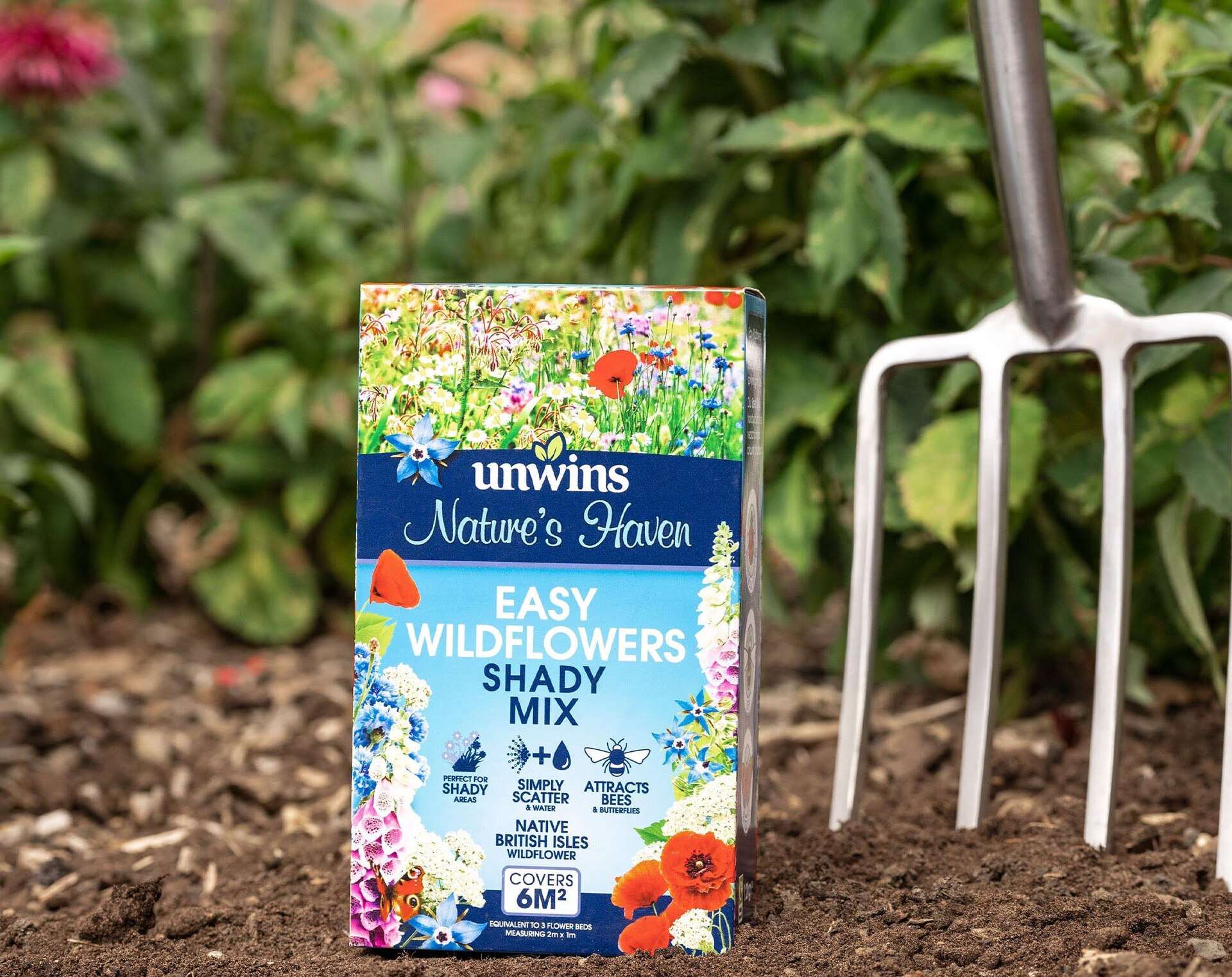
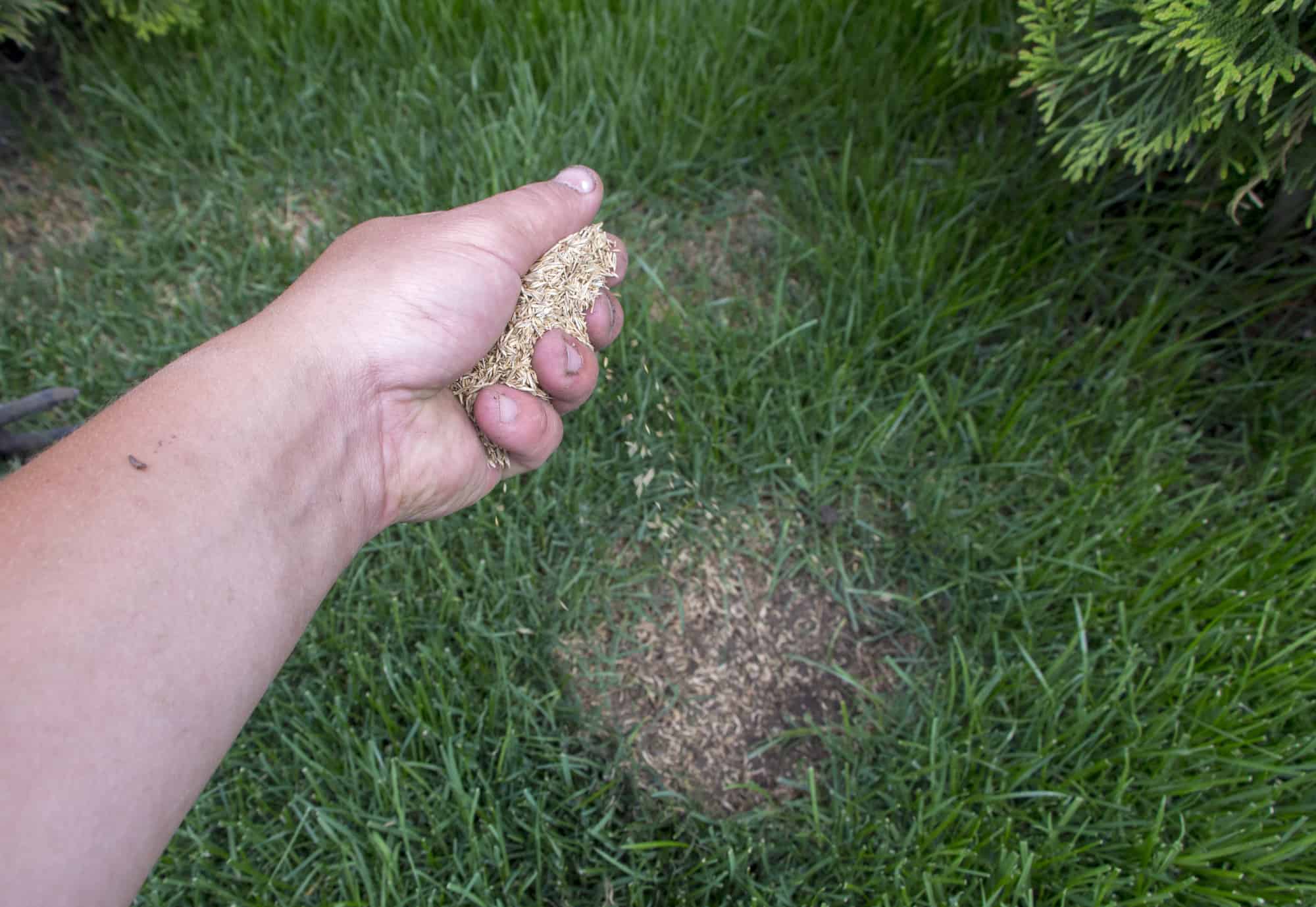
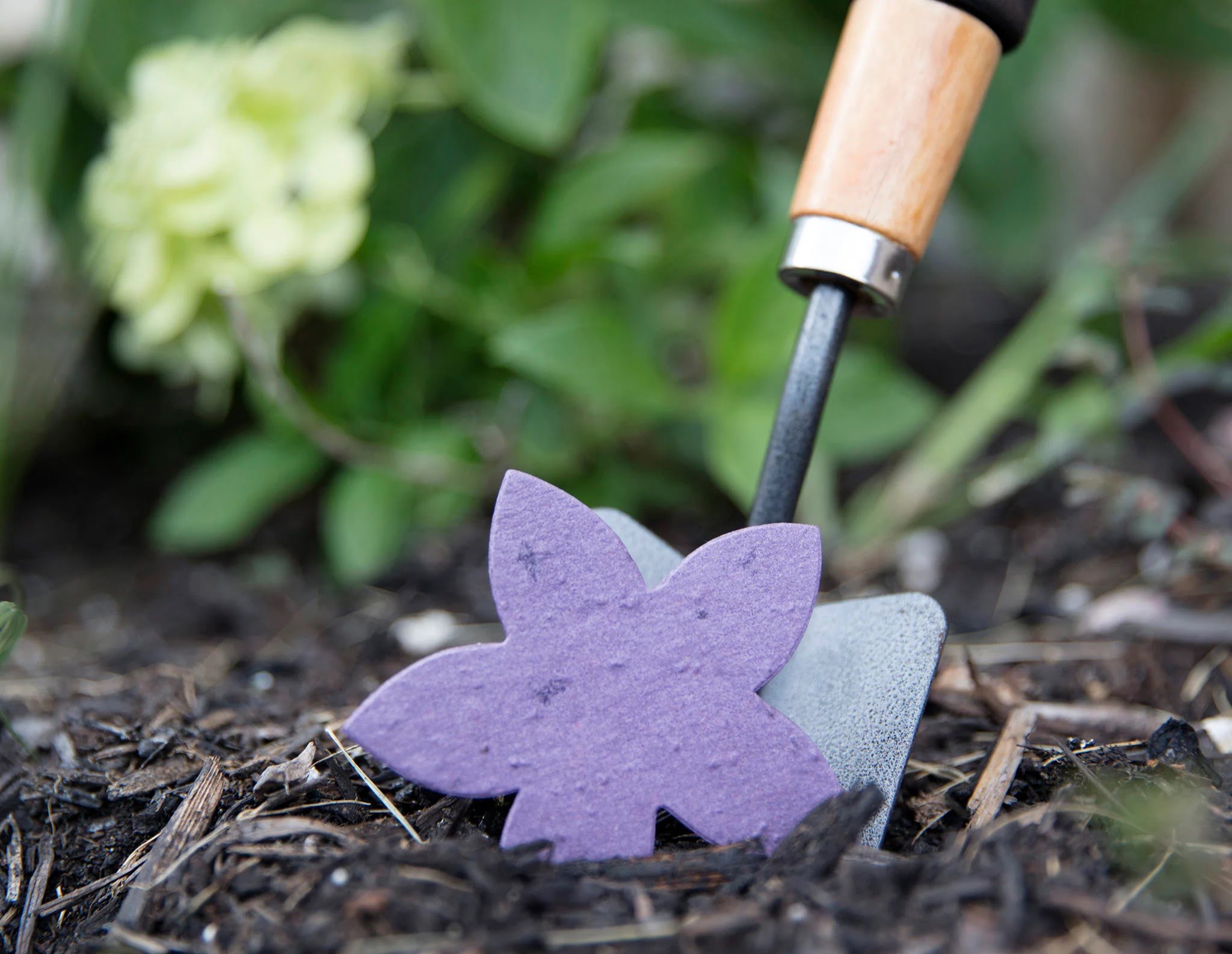
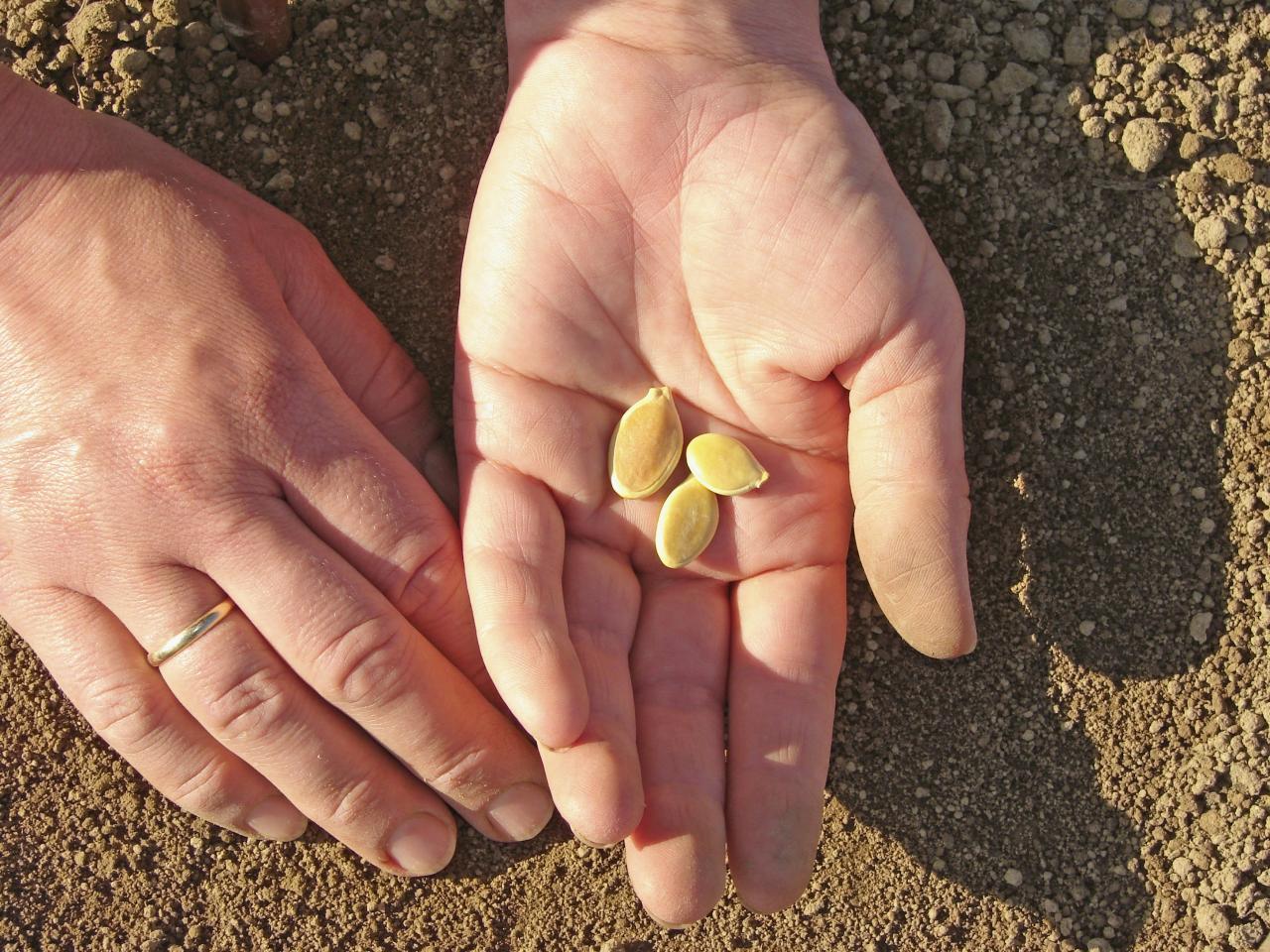
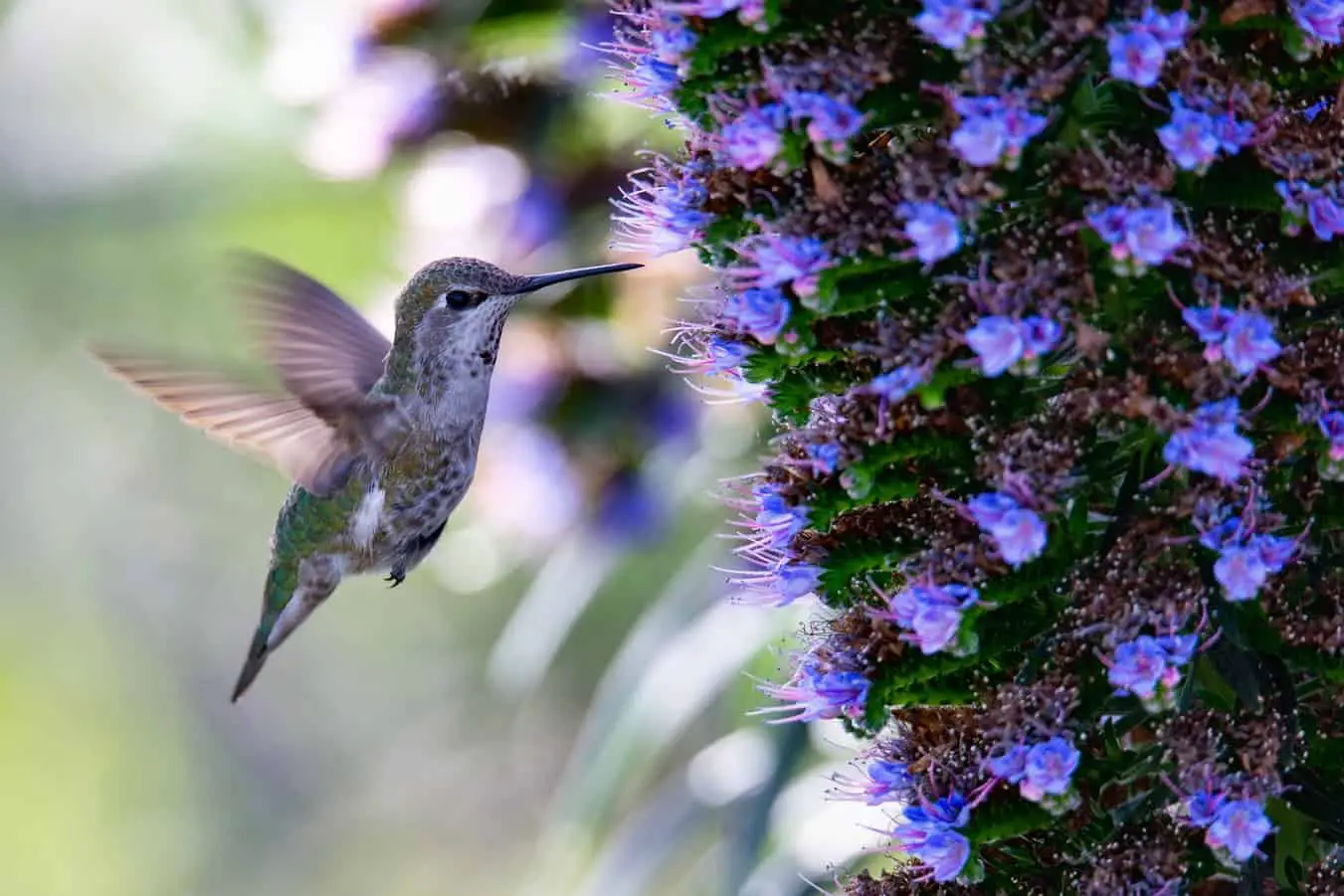
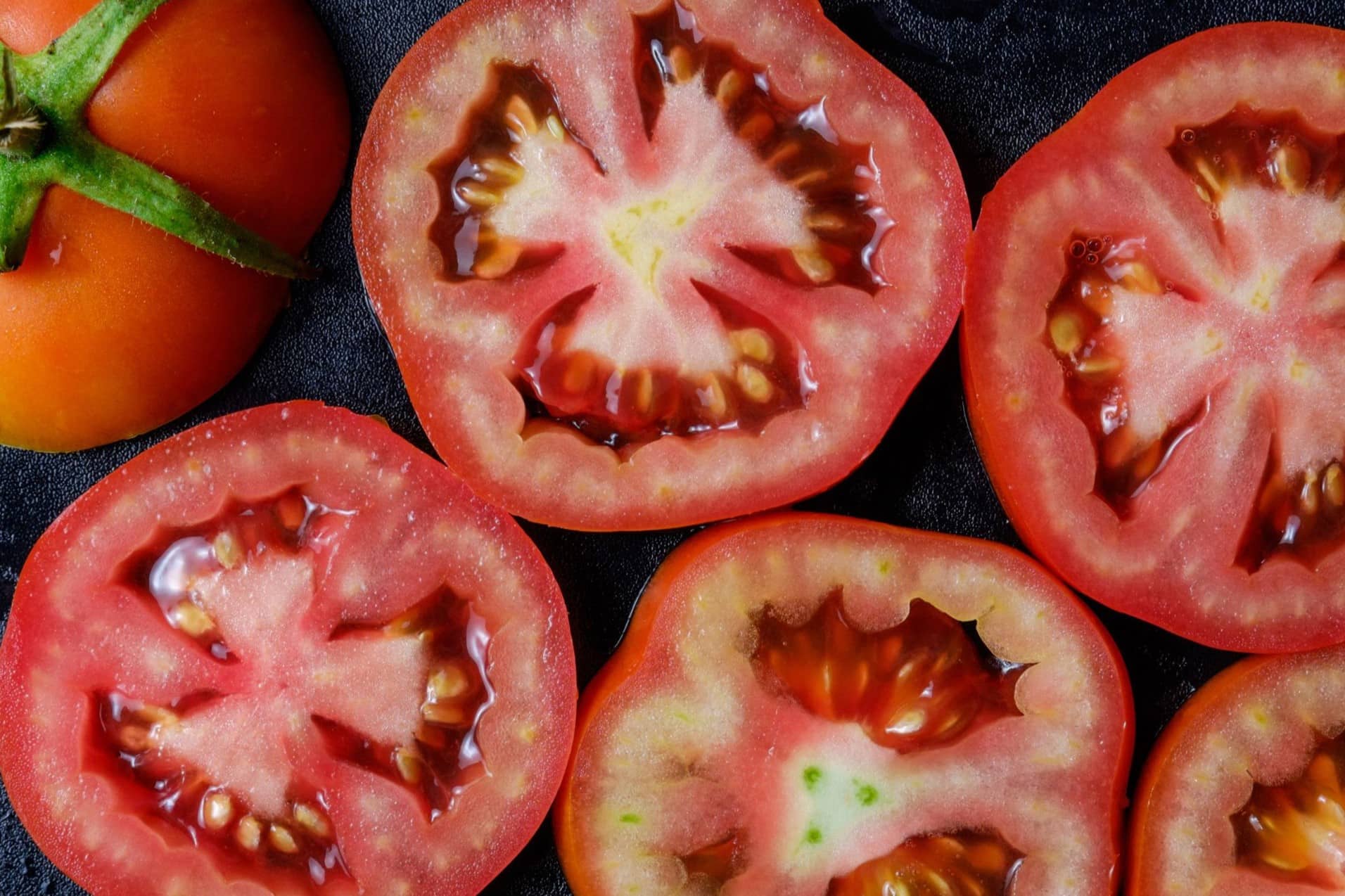
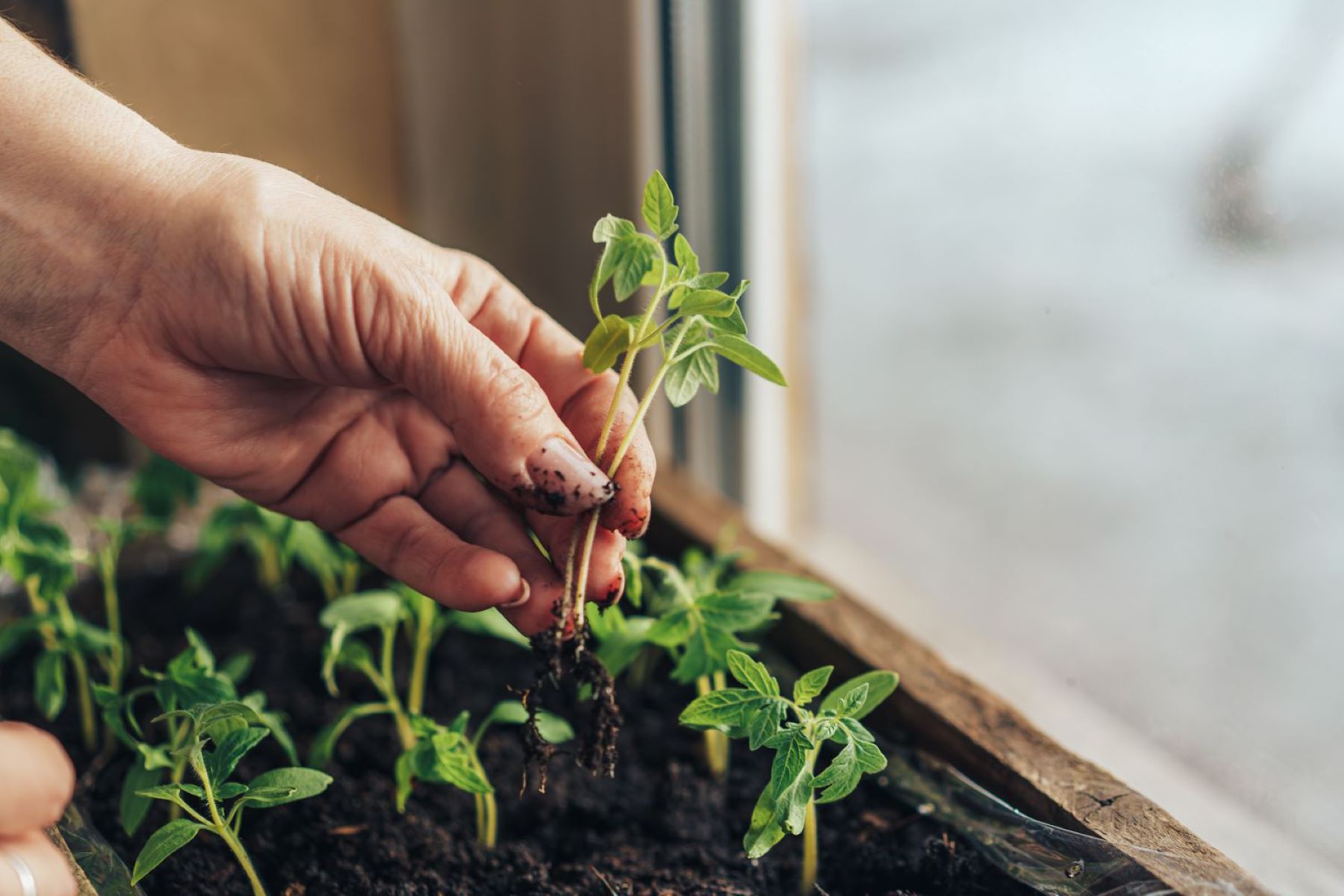
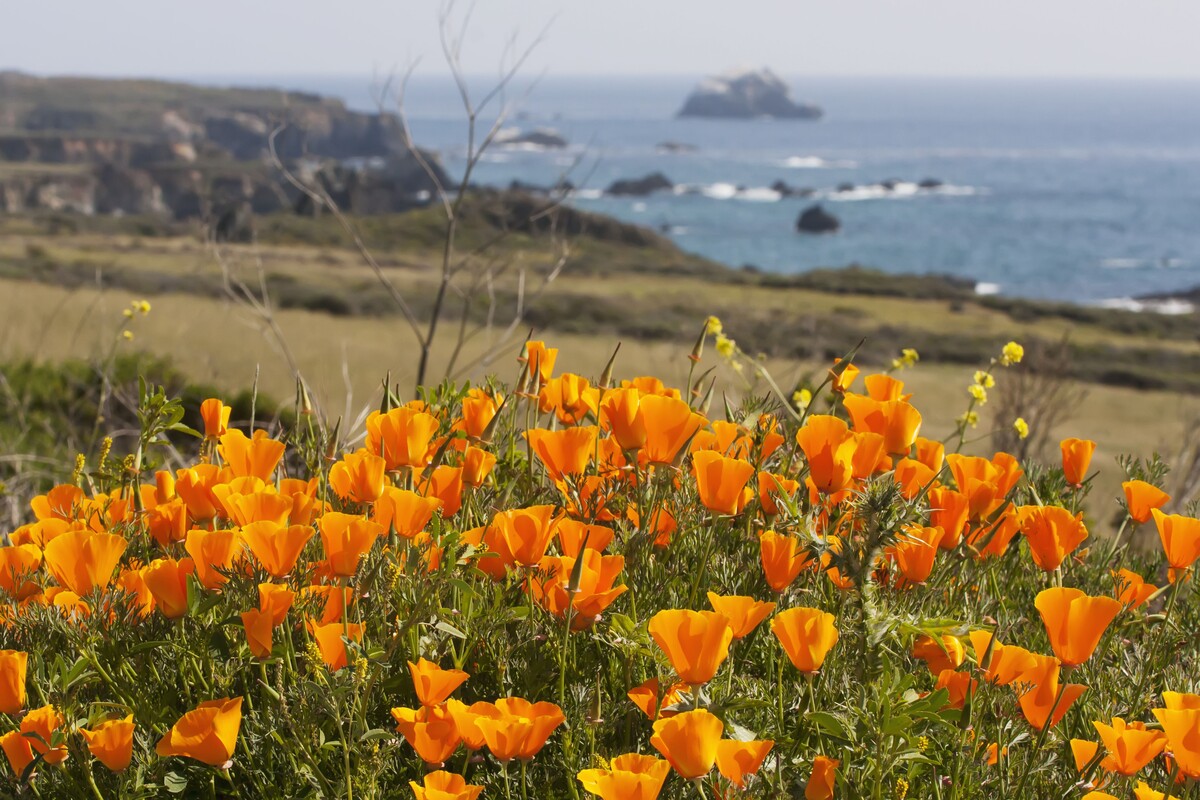
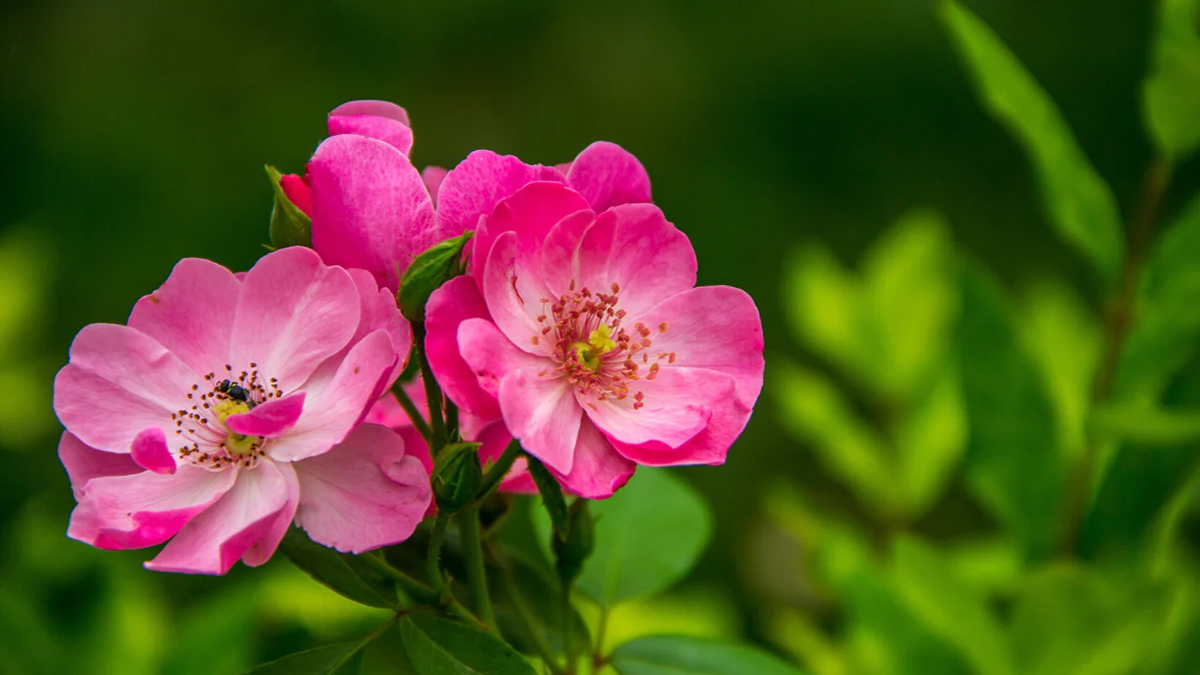
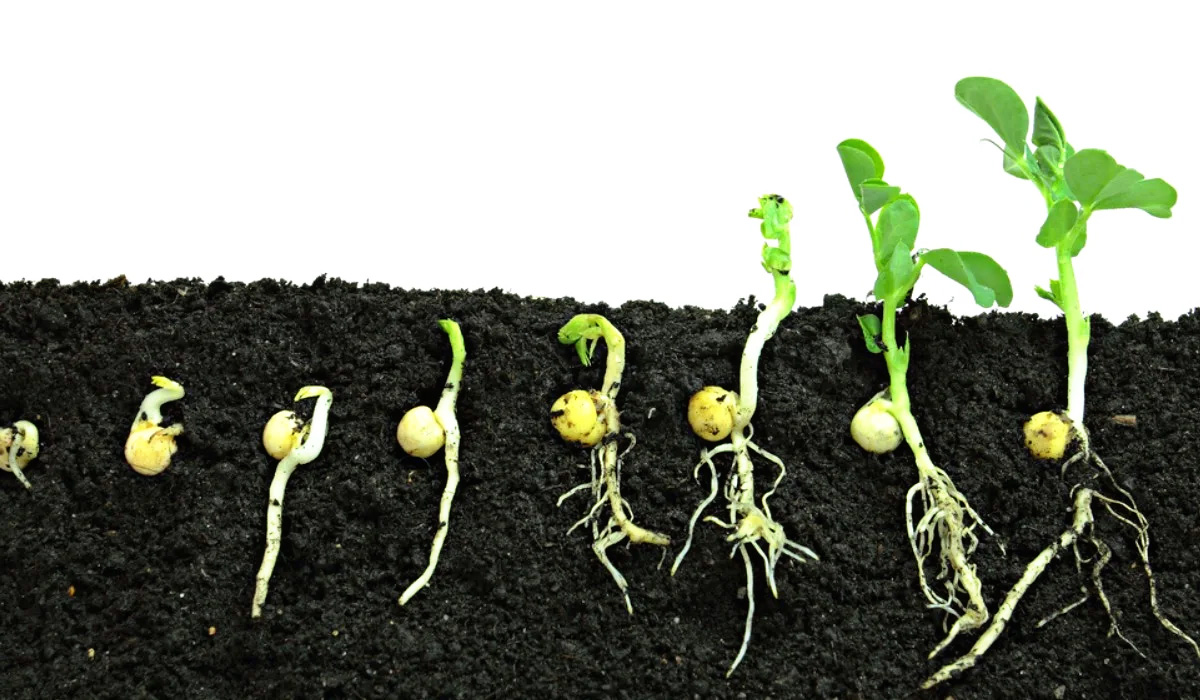
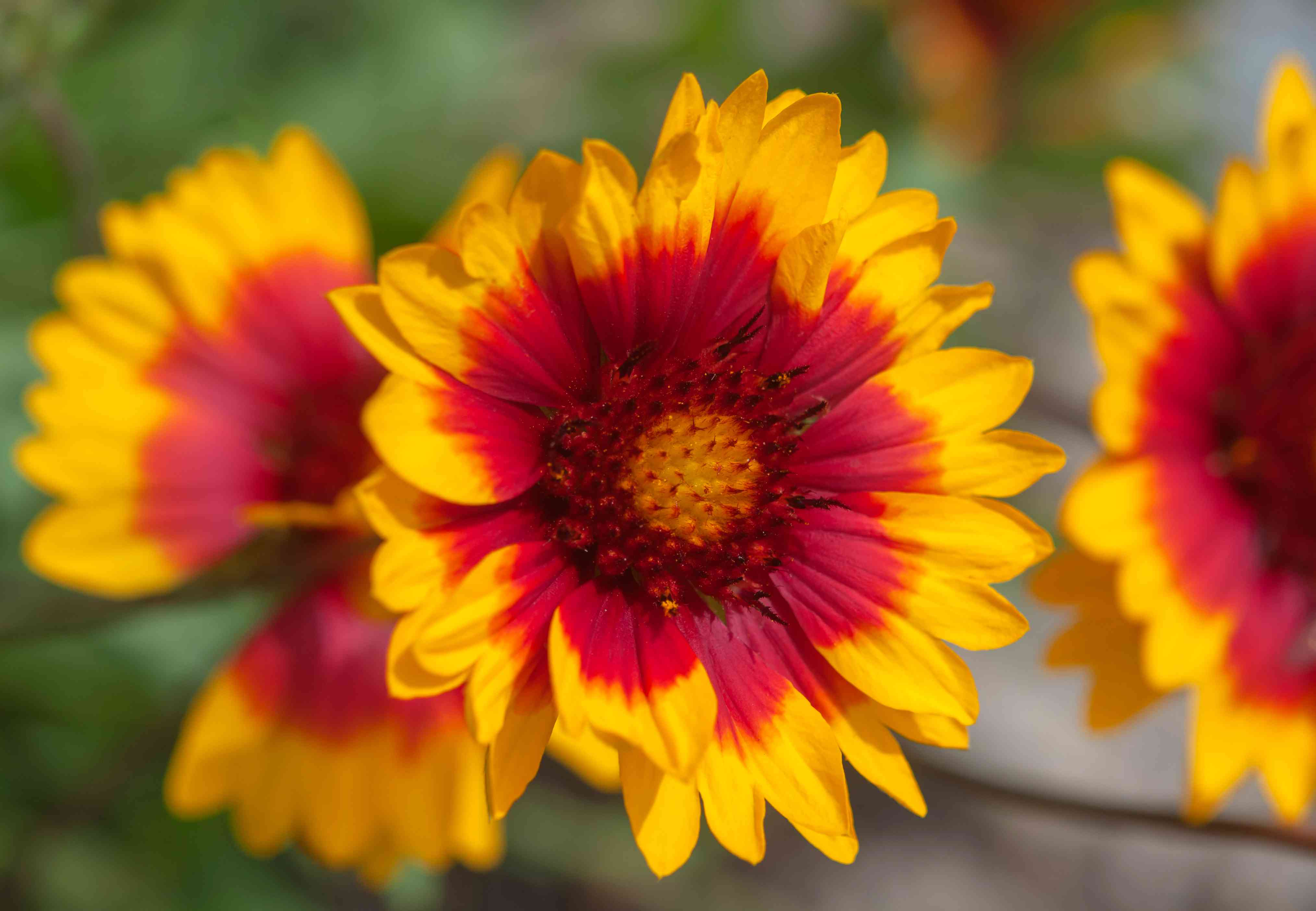
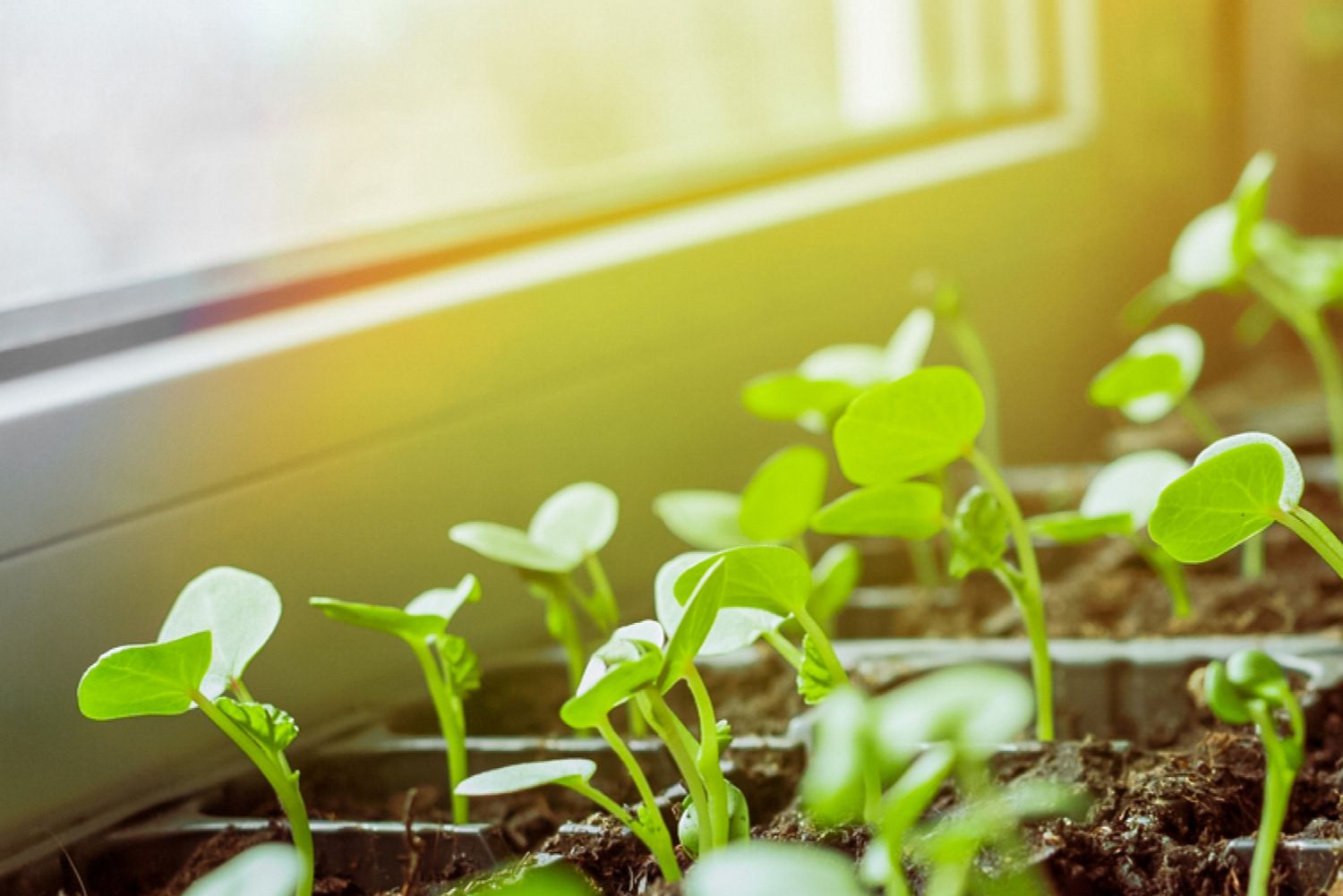
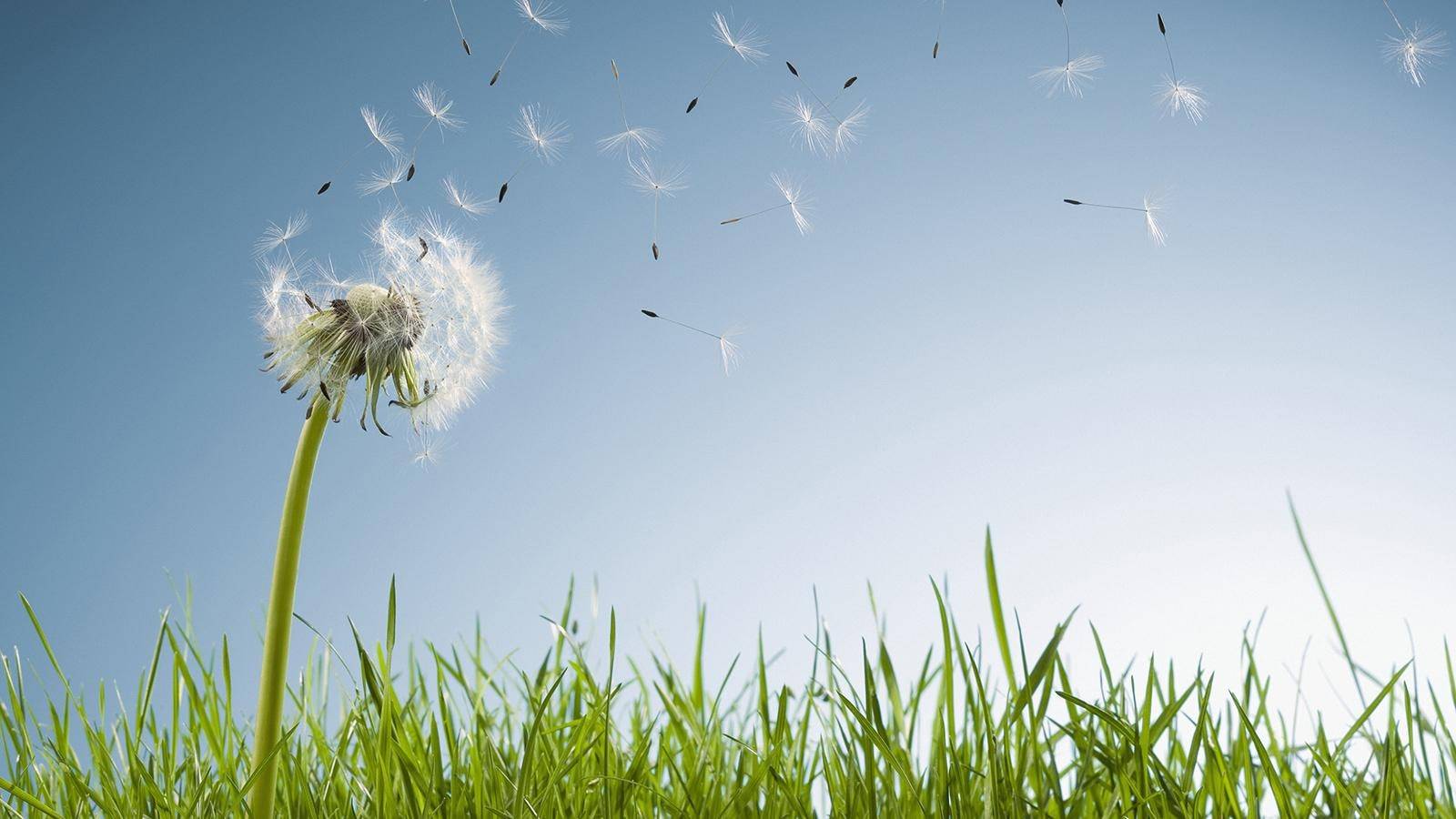
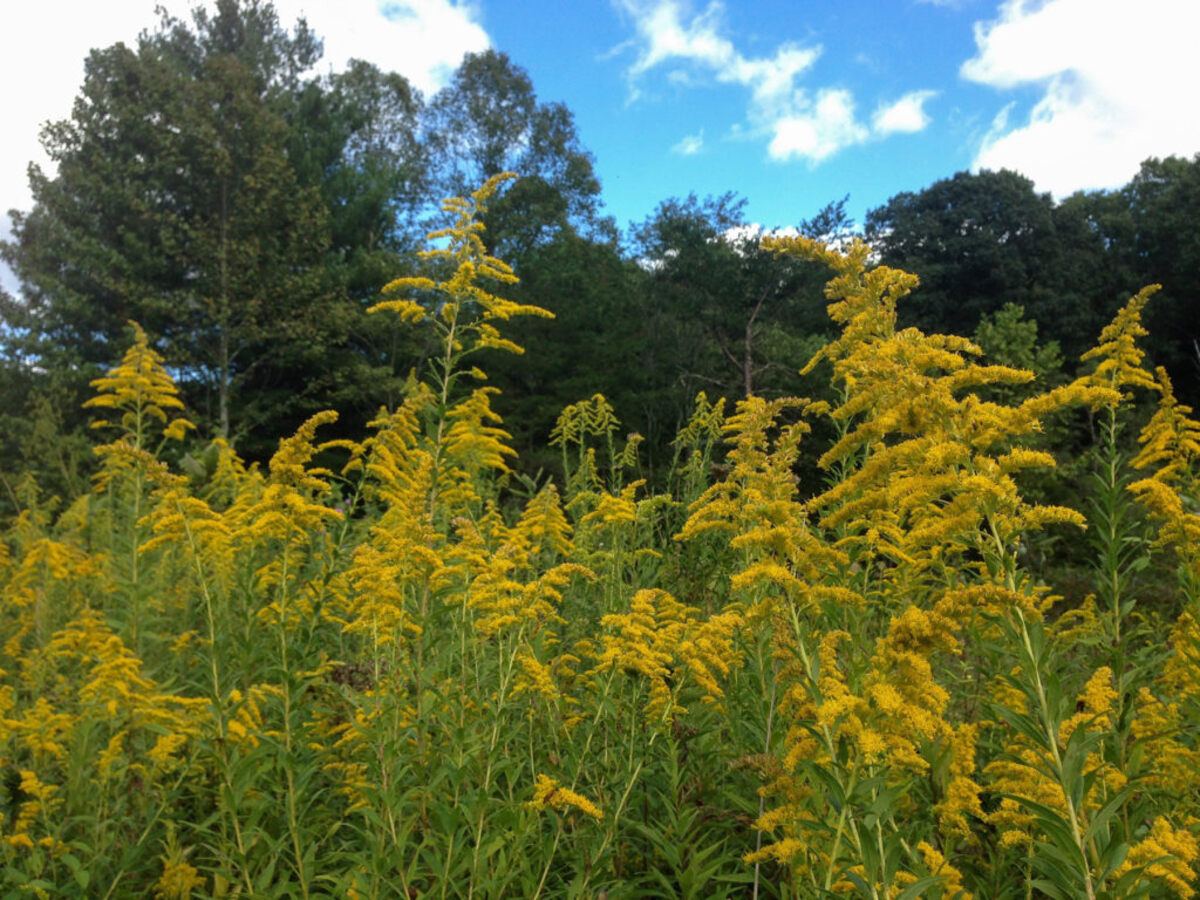

0 thoughts on “How Do I Plant CA Wildflower Seeds”